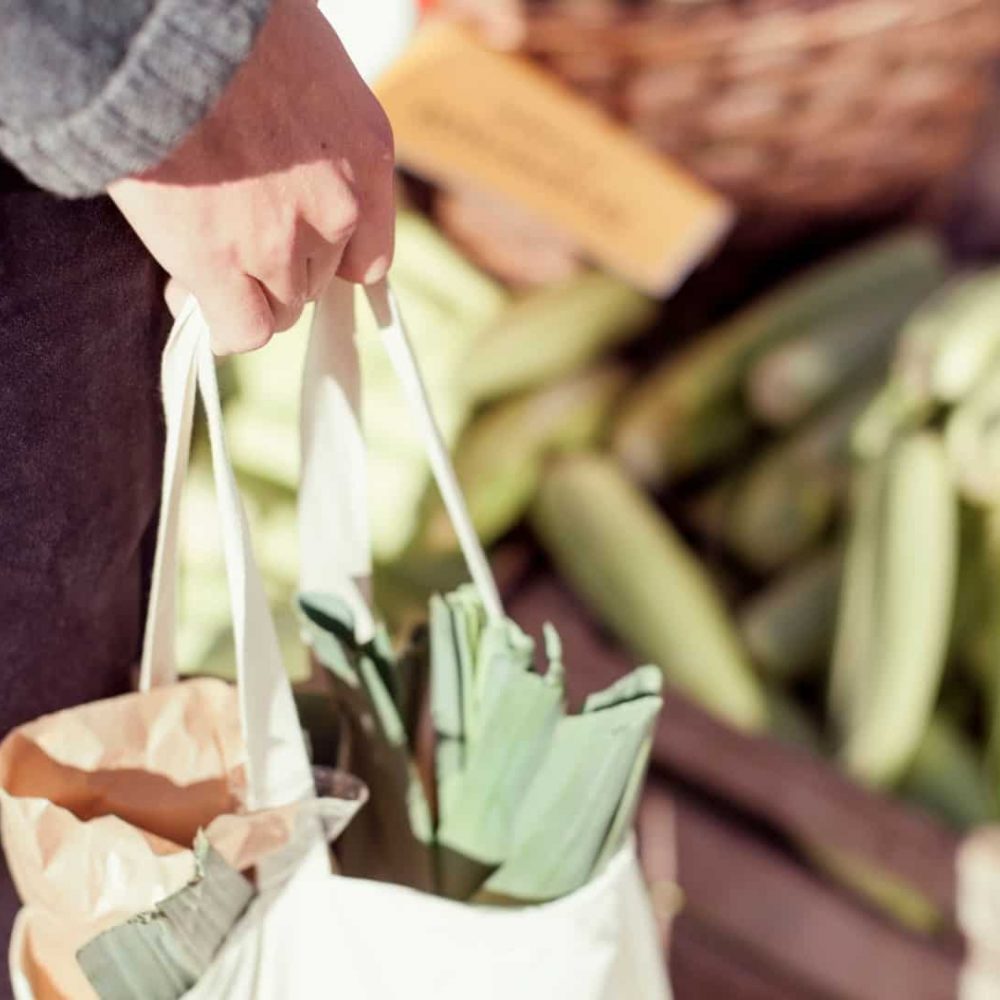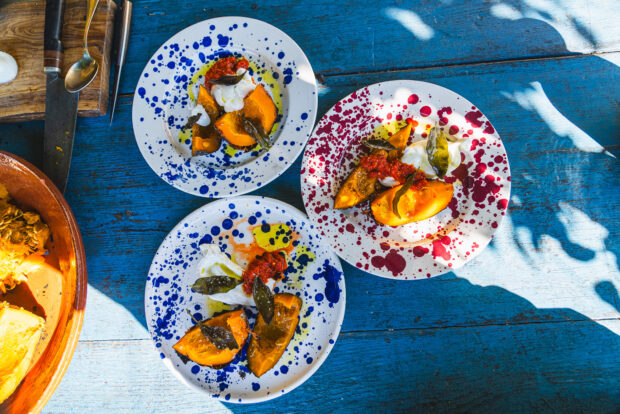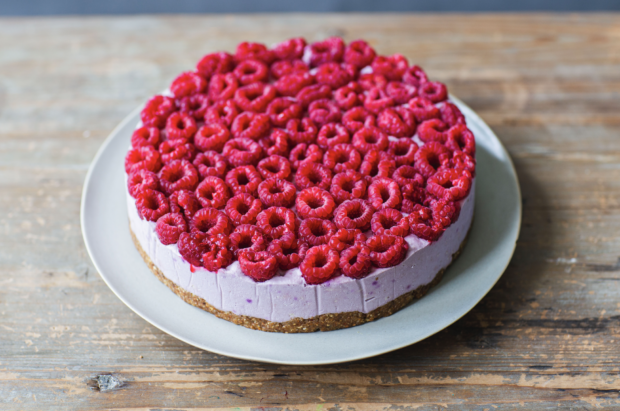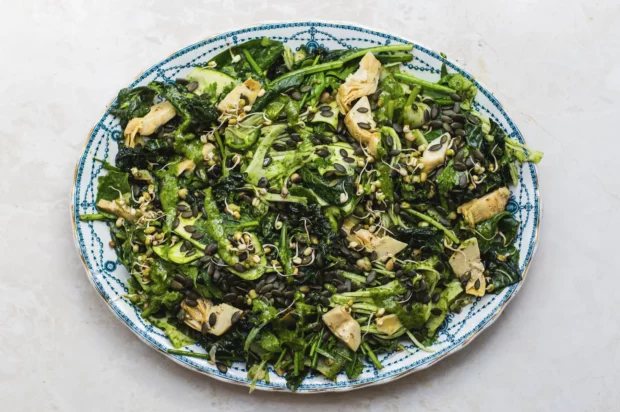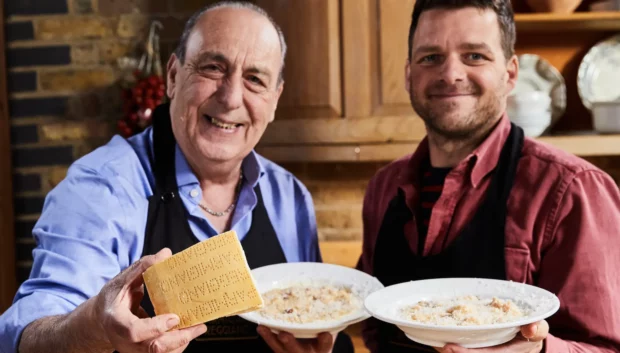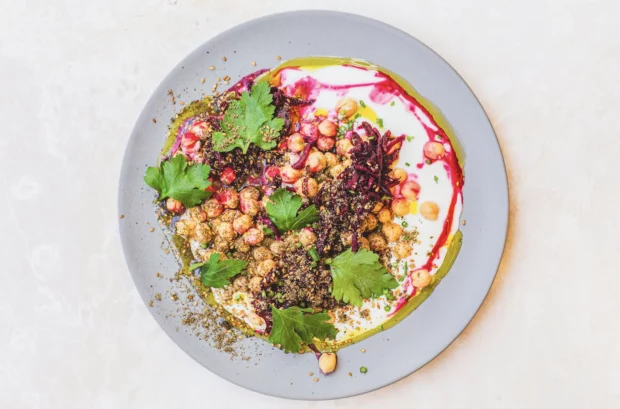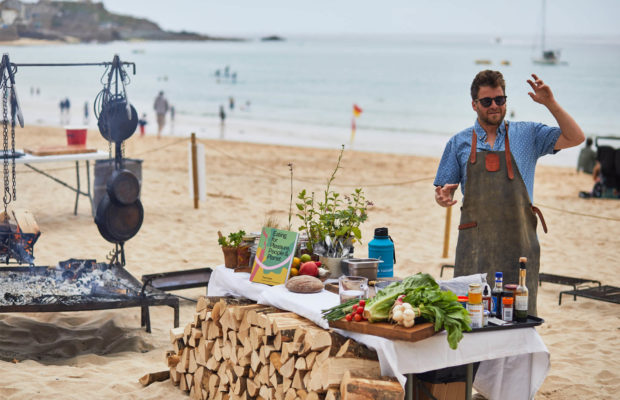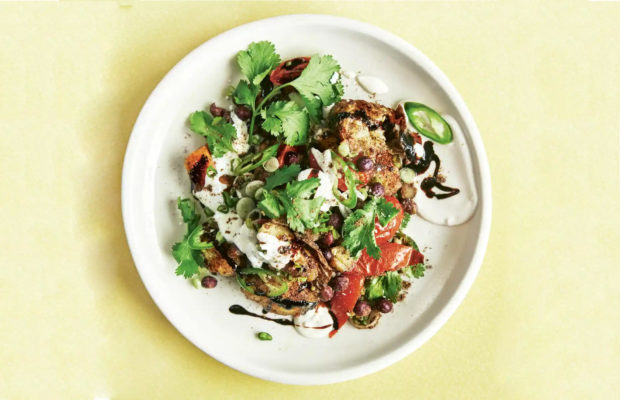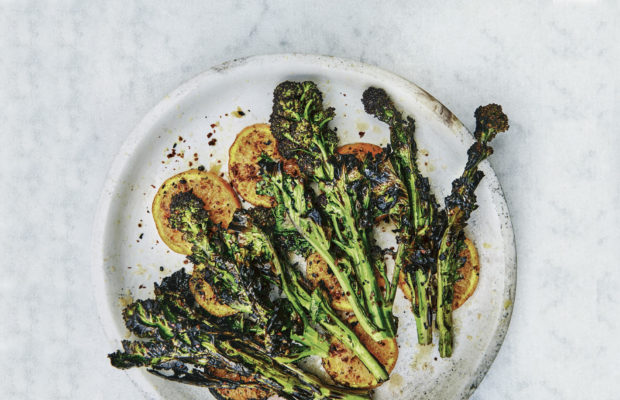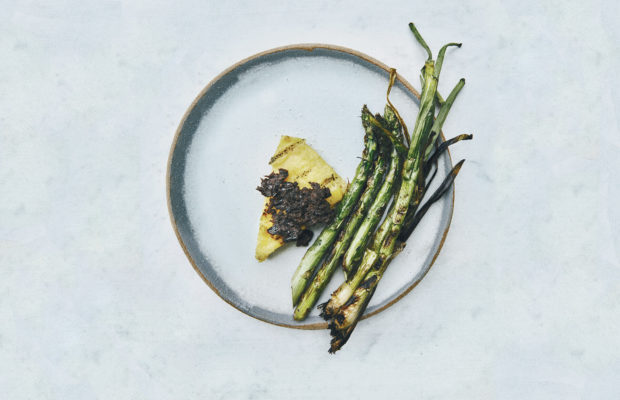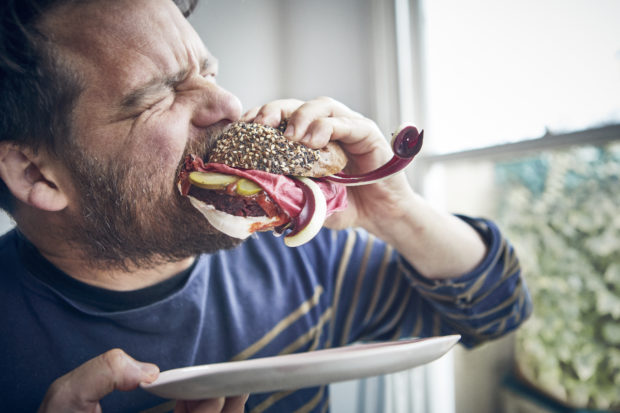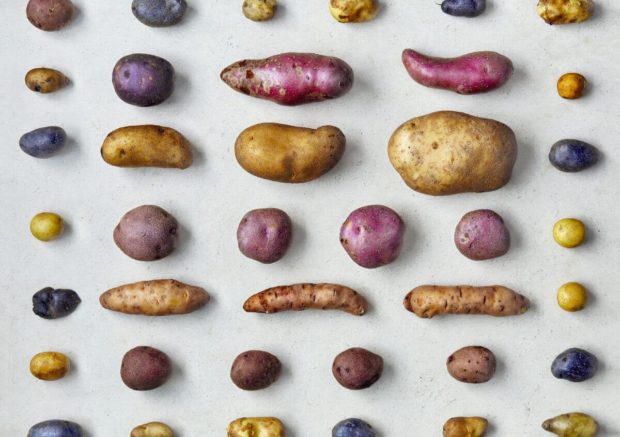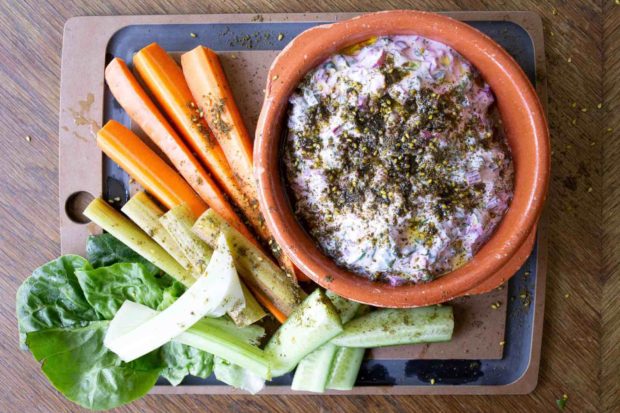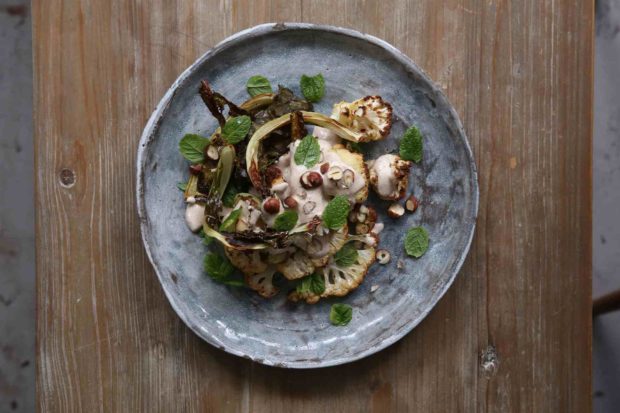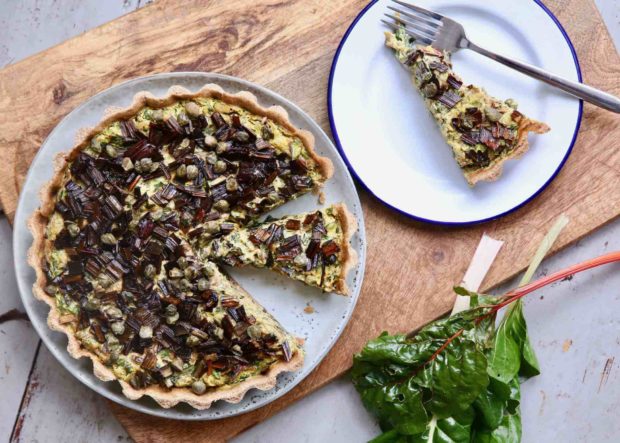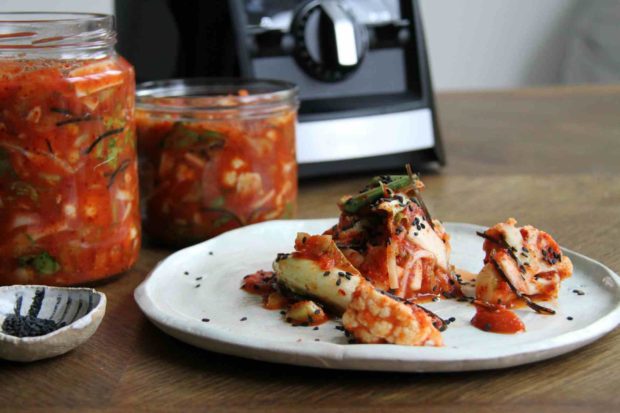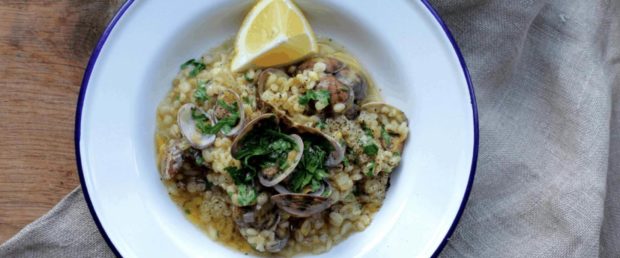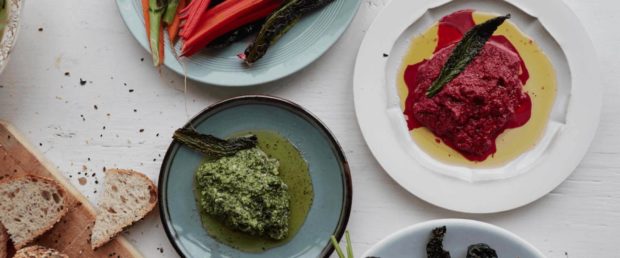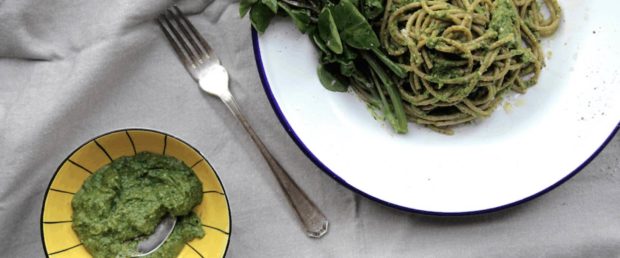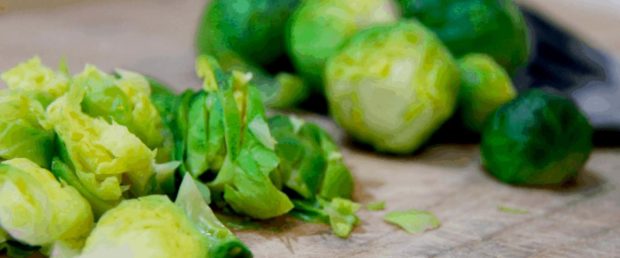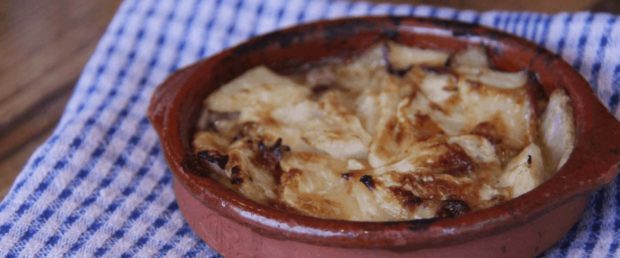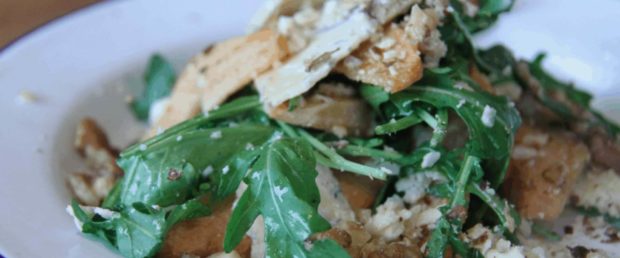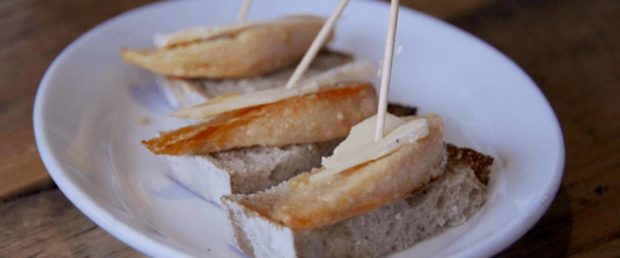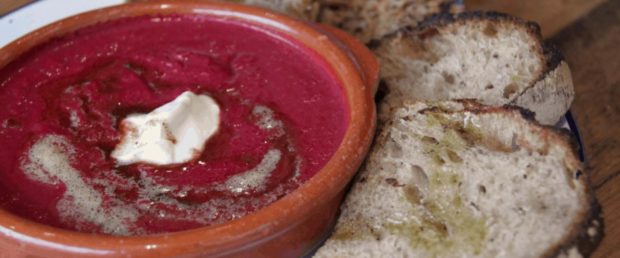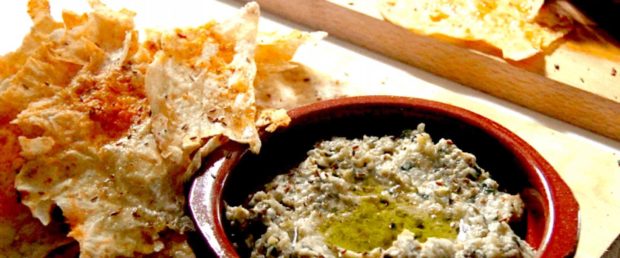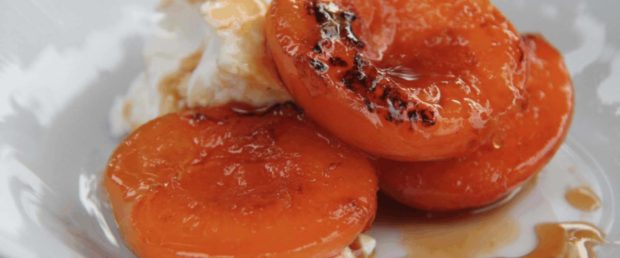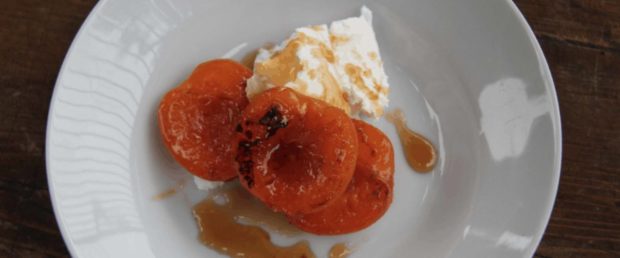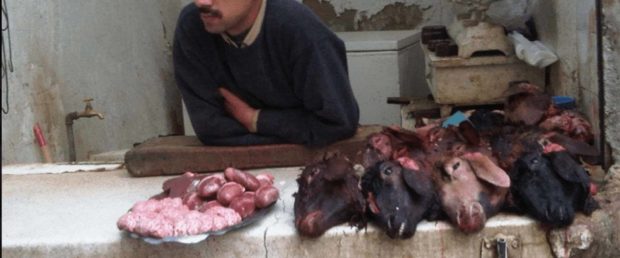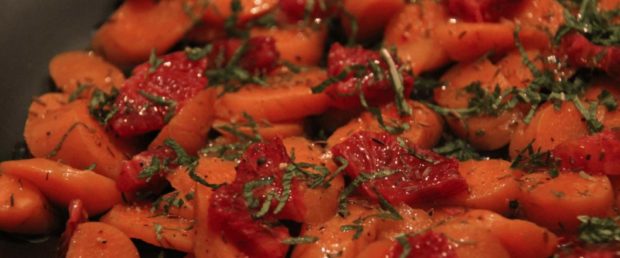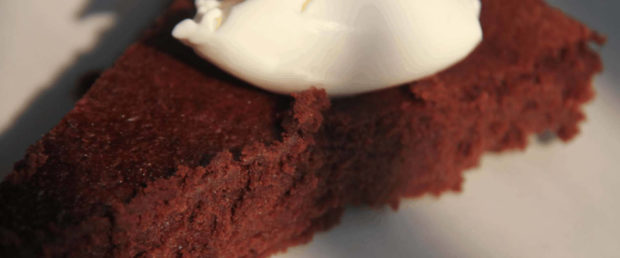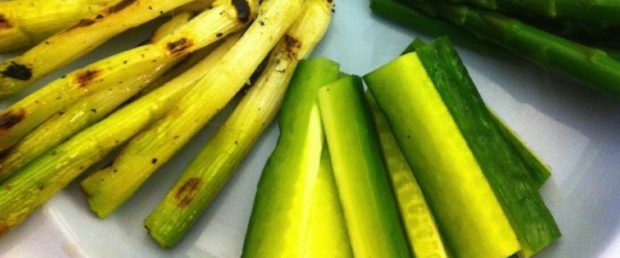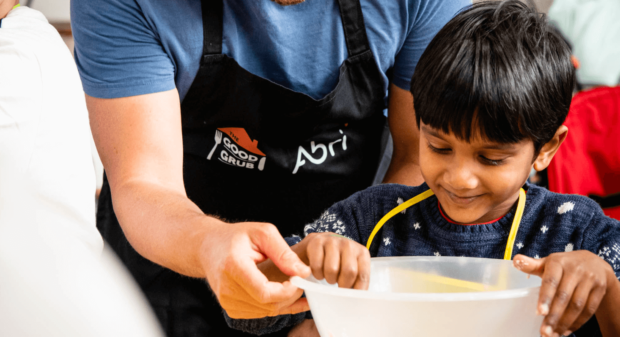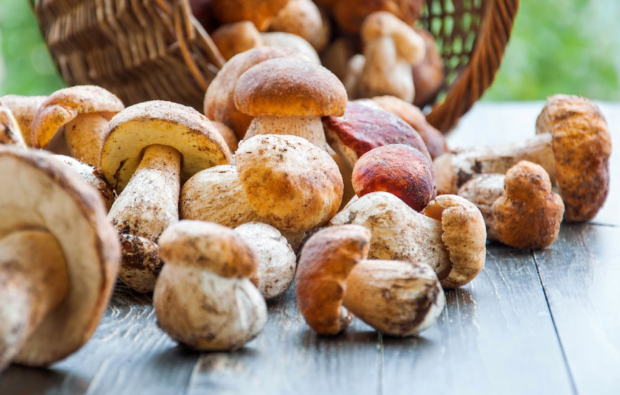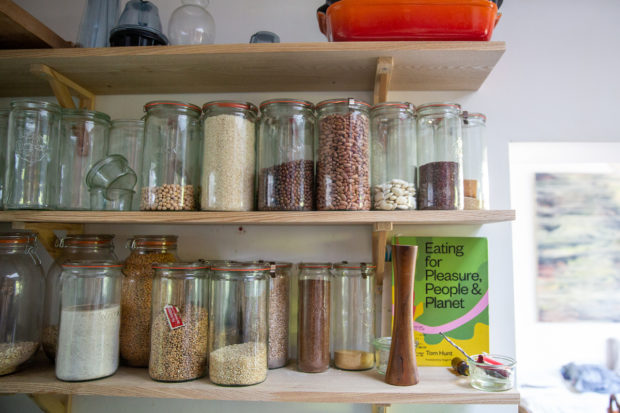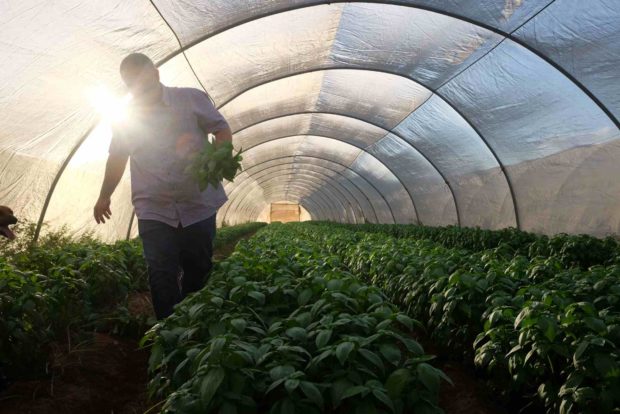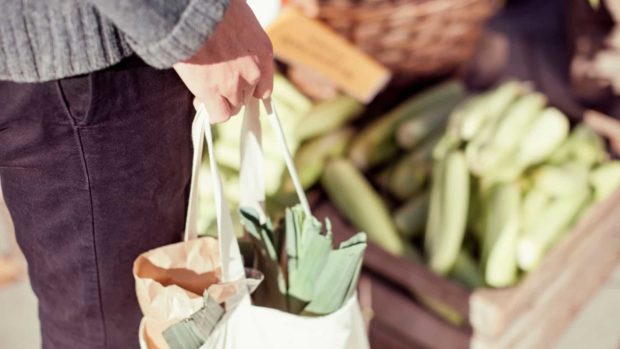In this eight-part series, I describe how to go waste-free in your own home. First up: cutting down on packaging when you shop
WHAT DOES ‘ZERO waste’ mean? Spoiler Alert! There’s no such thing as zero waste – some waste is inevitable and happens at every step of the food chain, from the farm to our forks. That said, we can all waste a lot less. The charity Waste Watch says that on average every person in the UK throws away their own bodyweight in rubbish every seven weeks. Most households throw away at least 40kg of plastic each year, which is enough to pollute vast areas of ocean and wildlife.
Zero waste is an aspiration and philosophy about caring for our planet in simple and easy ways that also inadvertently adds real value and enjoyment to our own lives. For example, taking the time to find a local market that sells loose produce will not only reduce the plastic and packaging we buy, but more often than not, increase the quality of our produce while decreasing the costs.
Over the next year I’m going to lay out eight simple steps to help you reduce your waste, in the tastiest possible way. Each article will also appear with instructional videos, so that you can reference each step as and when you need to and become your own ‘zhero’ waster.
Step 1: Create your own packaging kit
Fruit and vegetables are washable and often come in their own compostable wrapping designed by nature. However, many places choose to display fruit and vegetables in plastic trays, cling wrapped. Hardy vegetables like potatoes and carrots are overfilled into non-recyclable bags and other foods are boxed in oversized plastic containers printed with picturesque farms that bear no connection to the produce.

Create your own packaging kit to take with you next time you go shopping – light and practical, it will save you unnecessary waste.
YOU WILL NEED:
- Two or three tote bags for vegetables and other groceries
- Two or three tubs or jars for wet ingredients like olives, butter and soft cheese
- Two pieces of cheese cloth or canva
- Two egg boxes
Tip: When you do need to buy packaged ingredients, look for products packaged in containers that are reusable!
This article was first published in Foodism

